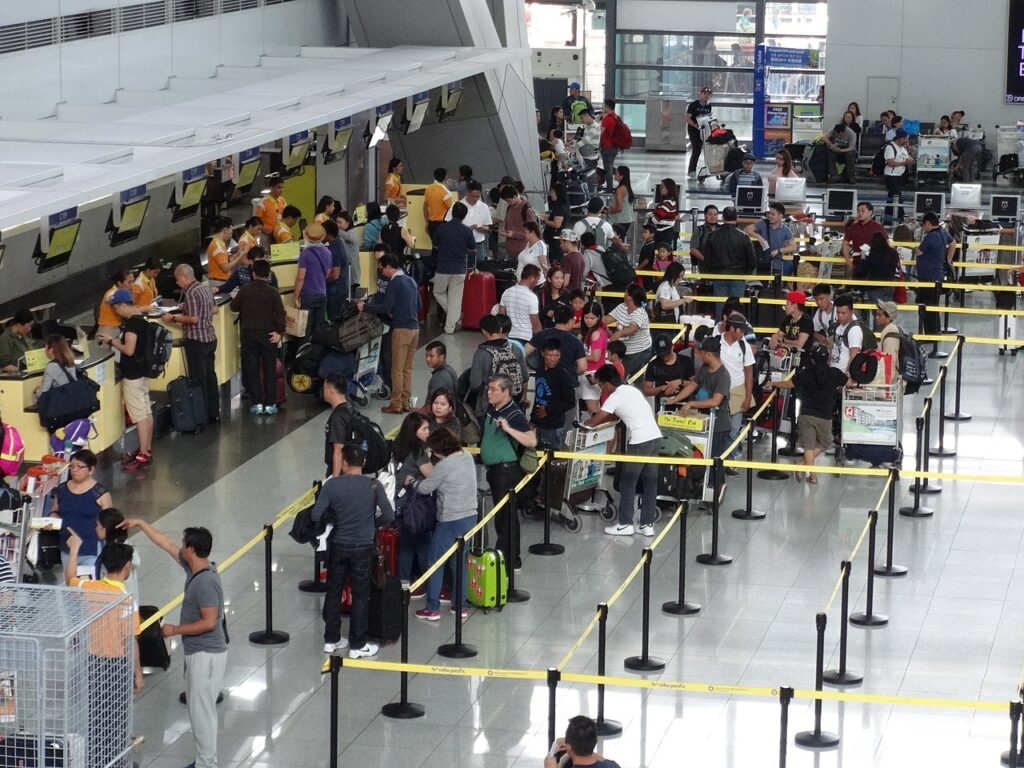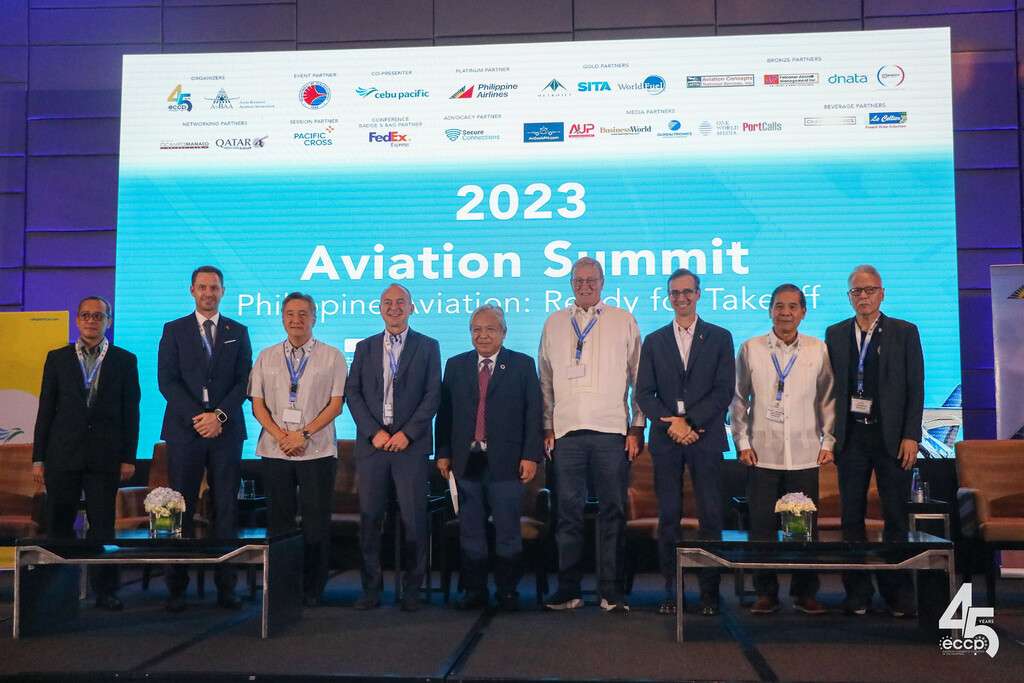In the wake of unprecedented challenges, the Asia Pacific aviation sector is on the path to recovery and growth, aviation delegates heard at a recent summit in the Philippines.
The confluence of digitalization, substantial infrastructure investments, and key legislative updates is charting a promising course for the industry’s resurgence
At a recent summit conference in the Philippines, aviation leaders stood firmly optimistic about the regional industry’s post-pandemic growth, despite the global supply chain and operational challenges that have tested airlines worldwide.
Philippines: A Glimpse of Recovery
At the recent aviation summit hosted by the European Chamber of Commerce of the Philippines (ECCP), Yuli Thompson, the area manager for Southeast Asia of the International Air Transport Association, shared encouraging insights.
As of June 2023, passenger traffic trends for international flights in the Philippines had reached an impressive 75 percent of 2019 levels.
[monsterinsights_popular_posts_inline]
For the Asia Pacific region, Thompson predicted a complete recovery of domestic travel in the current year, with international travel poised for resurgence by 2026. The Asia Pacific region is projected to lead traffic growth over the next two decades.

Collaboration for Success
However, realizing a full recovery and overcoming current challenges for the Philippines necessitates collective efforts from all stakeholders within the aviation sector.
Lei Apostol, the vice president for customer service operations at Cebu Pacific, emphasized the airline’s commitment to ensuring a positive customer experience.
“Overcoming industry complexities and challenges while maximizing growth opportunities is achievable by looking at existing technology, keeping the passenger at the heart of what we do, and communicating with our passengers at every step of their journey,” said Apostol.
Michael Szucs, CEO of Cebu Pacific, highlighted the imperative need for infrastructure investment. He noted that “Philippine carriers will need to quadruple in size to cater to growing demand” in the next 10 to 20 years.

Infrastructure Investment: A Pivotal Step
Senator Grace Poe, in her keynote speech, called upon stakeholders to support essential infrastructure investments, especially following an air system glitch incident earlier in the year.
She urged the acquisition of a new Communication, Navigation, and Surveillance/Air Traffic Management (CNS/ATM) system and the hiring of a third-party maintenance provider for CNS/ATM.
Poe’s vision is clear: “It is my hope that the government, the private sector, and other stakeholders can work together and collaborate on air transport projects.”
“This will not only generate economic growth but also provide our people with excellent and affordable public services that can improve the quality of life for all.”
She has also filed Senate Bill 1121 for the creation of a Philippine Transportation Safety Board, underlining the importance of safety in aviation.

DOTr’s Commitment to Transformation
In his closing remarks, Philippines Department of Transportation (DOTr) Secretary Jaime Bautista reaffirmed the agency’s commitment to the transformation of the Ninoy Aquino International Airport through a public-private partnership agreement.
This agreement presents a “landmark opportunity for economic growth, improved infrastructure, and a world-class travel experience.”
Bautista also revealed ongoing developments in regional airports, including unsolicited proposals for the operations and maintenance of the Bicol International Airport, Bohol-Panglao International Airport, and Laguindingan Airport.
Sustainable Aviation: A Green Future
DOTr has made sustainability a core focus, with the support of various aviation stakeholders and the Department of Energy and Civil Aviation Authority of the Philippines.
They are actively working towards implementing sustainable aviation fuel usage by 2025, aligning the industry with eco-friendly practices.

Click the banner to subscribe to our weekly newsleter.









